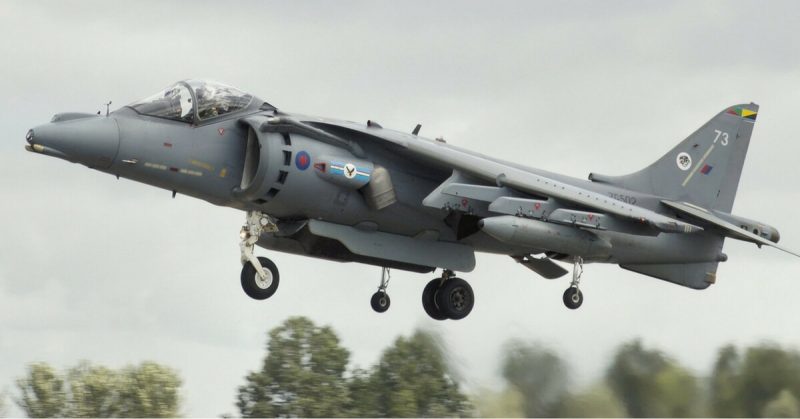The First Fighter Planes
When the First World War began, the airplane was still a new invention. Its potential as a military vehicle had not yet been explored. Airplanes were initially used to observe and gather information about the movement of enemy troops. The first fighter plane was developed in France and French pilot Roland Garros was the first flying “Ace.”
His plane was an ordinary airplane with a machine gun which could fire through the propeller. To avoid damage, the propeller blades were protected with a covering of steel plates. Using this new invention, Garros was able to shoot down five German observation planes in his first two weeks of flying.
In honor of Garros’s early success, the term “Ace” came to mean a pilot who had shot down and killed five of the enemy.
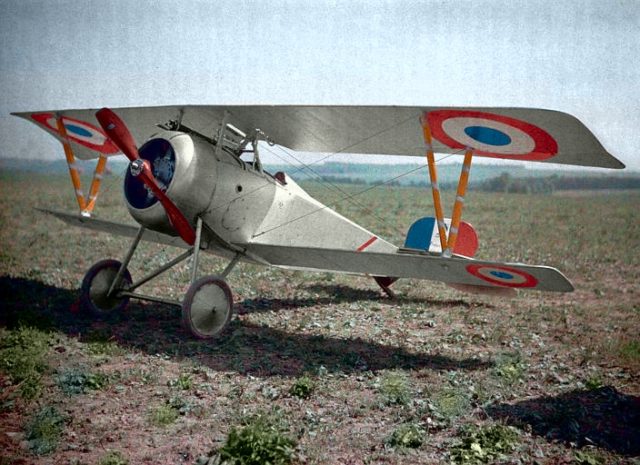
Germany responded with the development of the Fokker E.I. Like the French aircraft, this was an adaptation of a reconnaissance type plane. These early adaptations were soon followed by planes designed to function primarily as fighter planes such as the Pfalz DR1.
Britain and Russia also joined in the quest for control of the skies.
The aviation manufacturer and design company Nieuport et Deplante had built racing planes before the war. They were now commissioned to build and design fighter planes for the allied forces. The Nieuport series of planes was one of the most successful during WW1 and beyond.
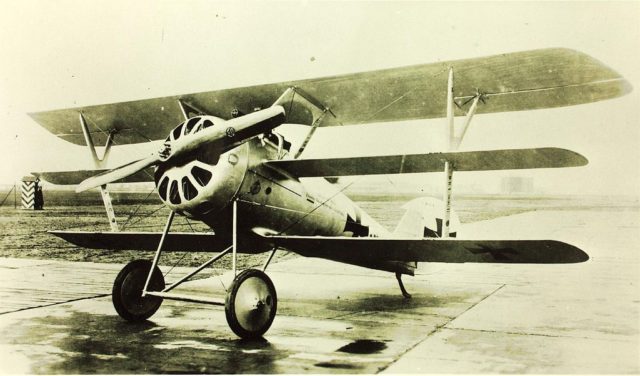
World War Two
The Nieuport continued to be developed with new designs until the end of the Second World War. The new planes were faster and performed better in a wider variety of altitudes. Also, some could play a number of different roles – reconnaissance, fighter, or bomber.
One of the most successful and popular planes of WW2 was the Mosquito. Built by the British De Havilland Air Craft Company, the Mosquito was a versatile aircraft. It was a fighter-bomber but was also used for photo-reconnaissance missions. It could be used for more specialist operations where high levels of precision bombing were required.
It was unusual in its design as it was built entirely of wood. This earned it the nickname the “wooden wonder.” It was also one of the fastest planes in service when it was first produced in 1941.
It was deployed by the British RAF and took part in a number of notable operations including the raid on Amiens Prison in 1944 in German-occupied France and the 1944 Normandy Campaign. It also intercepted the Luftwaffe and thwarted bombing raids including Operation Steinbock, also in 1944.
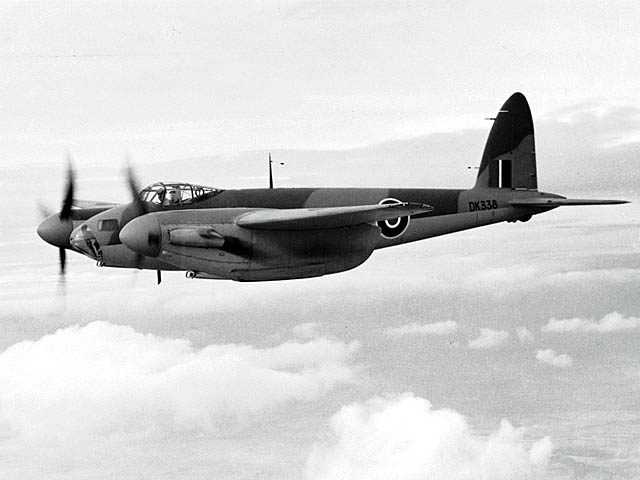
Towards the end of the war, new developments took place that would allow greater speed. The big change was the move from piston engines to jet engines. The older type of planes had reached the maximum speeds possible for propeller driven aircraft. The next stage was to use turbojet power to obtain greater speeds.
The Age of Jet Planes
The first jet planes were deployed during the last years of WW2. The Gloster Meteor, a British jet fighter, was favored by the Allies. The Meteor set the first speed record for a jet engine plane with speeds of 606 miles per hour (975 km/h). Similar planes were used in the Korean War where aerial combat played a substantial role. Following the Korean War, and using lessons learned about the limitations of the aircraft, the race began to develop the next generation of fighter jets.
Like their predecessors, the early jet planes had straight wings and didn’t represent a great change in terms of their capability beyond the additional speed. But soon new research into design resulted in a variety of different wing types coming into use. The use of swept and delta wings pushed these jets to the next levels of speed and maneuverability.
These planes could fly at near sonic speeds and could reach supersonic speeds when diving. Electronics were becoming more sophisticated so the planes could be equipped with more efficient radar and infrared devices to track enemy aircraft. This was coupled with the development of new building materials which were both stronger and lighter than what had previously been available.
The Modern Era
Throughout the 1950s and 1960s, the planes became increasingly sophisticated. One of the most widely produced fighter planes of that era was the MIG 12.
New approaches to landing and takeoff were also developed in the search for vertical and short distance landing and take-off. The result of these developments was the Harrier Jump Jet. Designed by the British company Hawkeye Siddeley in 1969 the Harrier continued to be refined and developed and remained in production until 2003.
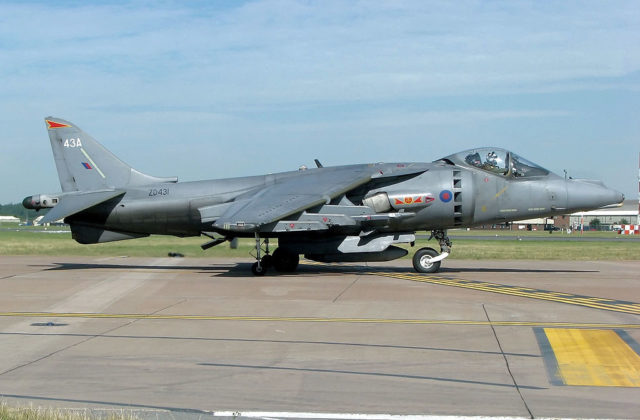
During the last decades of the twentieth-century new technology continued to be applied to the development of fighter jets. Many of these developments were due to the increasing use of computer technology which allows the processing and sharing of important information as well as increased precision in target setting.
Countries in both the East and West have developed their own designs, some of which are inevitably surrounded in secrecy. China’s J20 Chengdu – which is still being developed and refined – first appeared in the 2011 and is part of an ongoing program.
The key features of the modern fifth generation jet fighters are stealth, maneuverability, advanced avionics, the ability to network the information and their versatility.
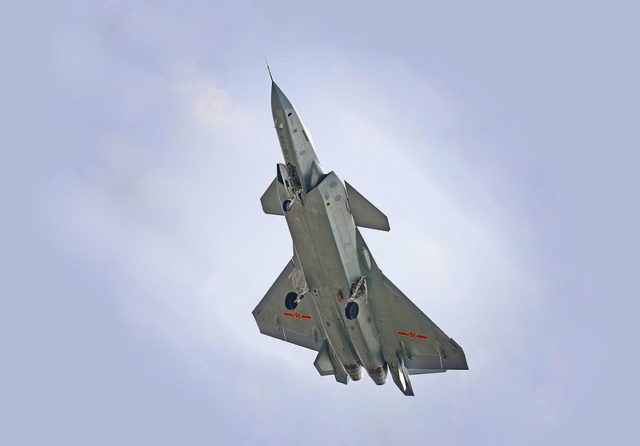
The Future
As advances in technology continue so does the quest for more effective planes that will guarantee superiority in the air. The US is currently working on designs for the next generation of jet fighters which they expect to put into production around 2025 -2030. These aircraft will have increasingly sophisticated computerized technology to integrate and analyze information.
They are also likely to include the use of artificial intelligence to help the process of making decisions. New material will also be used to ensure greater resilience which will allow then to be deployed in extreme conditions. Improved engine efficiency will increase both the speed and range.
These jets will be the result of just over a century of design developments which has taken the fighter plane a long way from Garros’s machine gun firing through the propeller.
